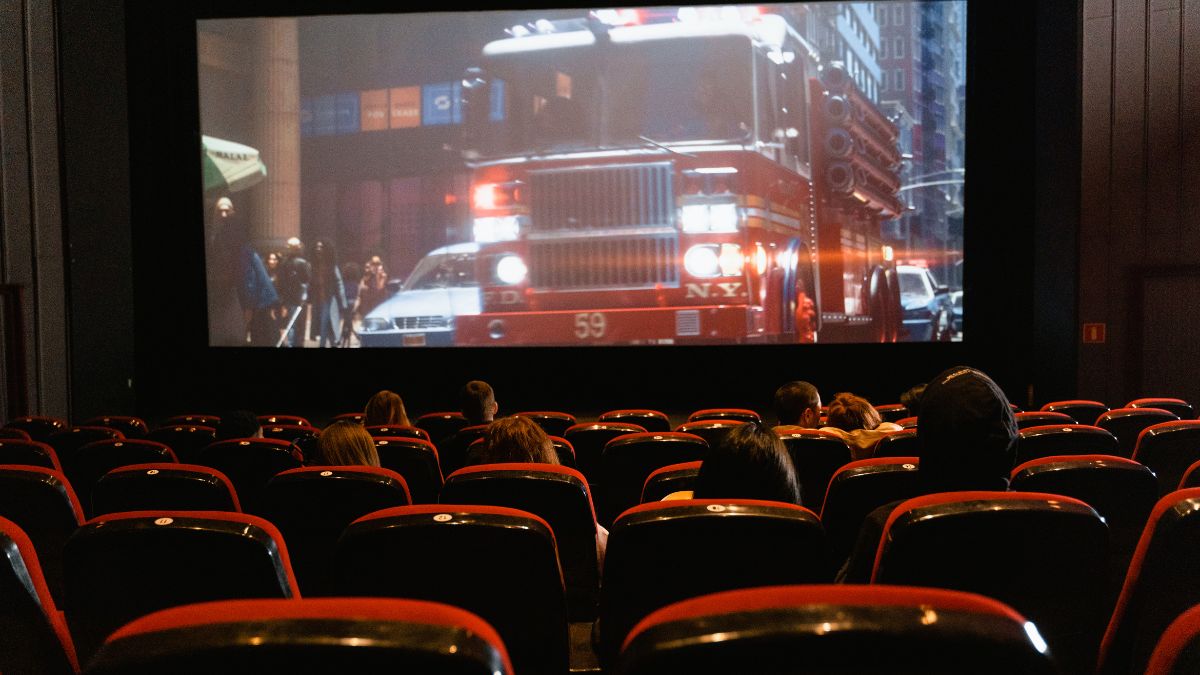Gone with the Wind: An Epic of the 1930s
Gone with the Wind: An Epic of the 1930s
The Role of Costume Design in Character Development

The Role of Costume Design in Character Development
In the grand tapestry of storytelling, whether it be through the silver screen, the pulsating energy of the theater, or the immersive realms of television, the role of costume design transcends mere attire. It is a powerful narrative tool, a silent storyteller that weaves the very essence of a character through threads and fabrics. The meticulous art of costume design in character development is nothing short of magical, a transformative force that breathes life into the written word, turning ink on paper into flesh and blood.
Imagine the sweeping landscapes of cinema and stage, where characters are not just seen but felt, their spirits etched into our memories through the visual symphony of their attire. Here, costume designers emerge as unsung heroes, architects of illusion who conjure the subtle nuances of personality, era, and emotion with every stitch and hue. Their work is a dance with the intangible, a quest to clothe the soul of every character in a garment that speaks volumes without uttering a single word.
At the heart of this craft lies a profound understanding of the character’s journey, their struggles, triumphs, and transformations. A costume designer delves deep into the script, dissecting every line and movement to capture the character’s essence. They ponder the historical context, social status, psychological underpinnings, and the myriad of factors that define a character. Then, with the precision of an alchemist, they translate these insights into fabric, color, and form. The result? A visual representation of the character’s identity, as tangible as the world they inhabit.
Consider the iconic green dress of Scarlett O’Hara in “Gone with the Wind,” fashioned from curtains in a defiant act of resilience. Or the hauntingly austere robes of the Handmaids in “The Handmaid’s Tale,” symbolizing oppression and resistance in equal measure. Each costume tells a story, a testament to the character’s journey, their inner world made visible to the audience. Through these visual cues, we, the viewers, are invited into a deeper understanding of the character, forging a connection that transcends the screen or stage.
The magic of costume design extends beyond the individual, crafting the visual harmony of the entire narrative. It distinguishes epochs, cultures, and classes, creating a visual tapestry that anchors the story in its unique universe. Through contrast and cohesion, the costumes of a film, play, or series guide the audience through the narrative, marking transitions, evolution, and the passage of time. It is a delicate balance, where every garment plays its part in the grand chorus of storytelling.
In this realm, costume designers are storytellers in their own right, their medium fabric and thread rather than pen and ink. Their work is a dialogue with the audience, a bridge between the world of the story and the reality of the viewer. Through their craft, they invite us to look beyond the surface, to see the heart and soul of the character. In doing so, they remind us of the power of visual storytelling, of the beauty and depth that can be conveyed in a single garment.
Thus, as we applaud the actors who bring characters to life and the writers who create them, let us also celebrate the costume designers. Their artistry is a vital thread in the fabric of storytelling, an enchanting blend of aesthetics and narrative that enriches our understanding and experience of the story. In the world of costume design, every thread tells a tale, every color sings a song, and every garment is a key to the soul of the character.